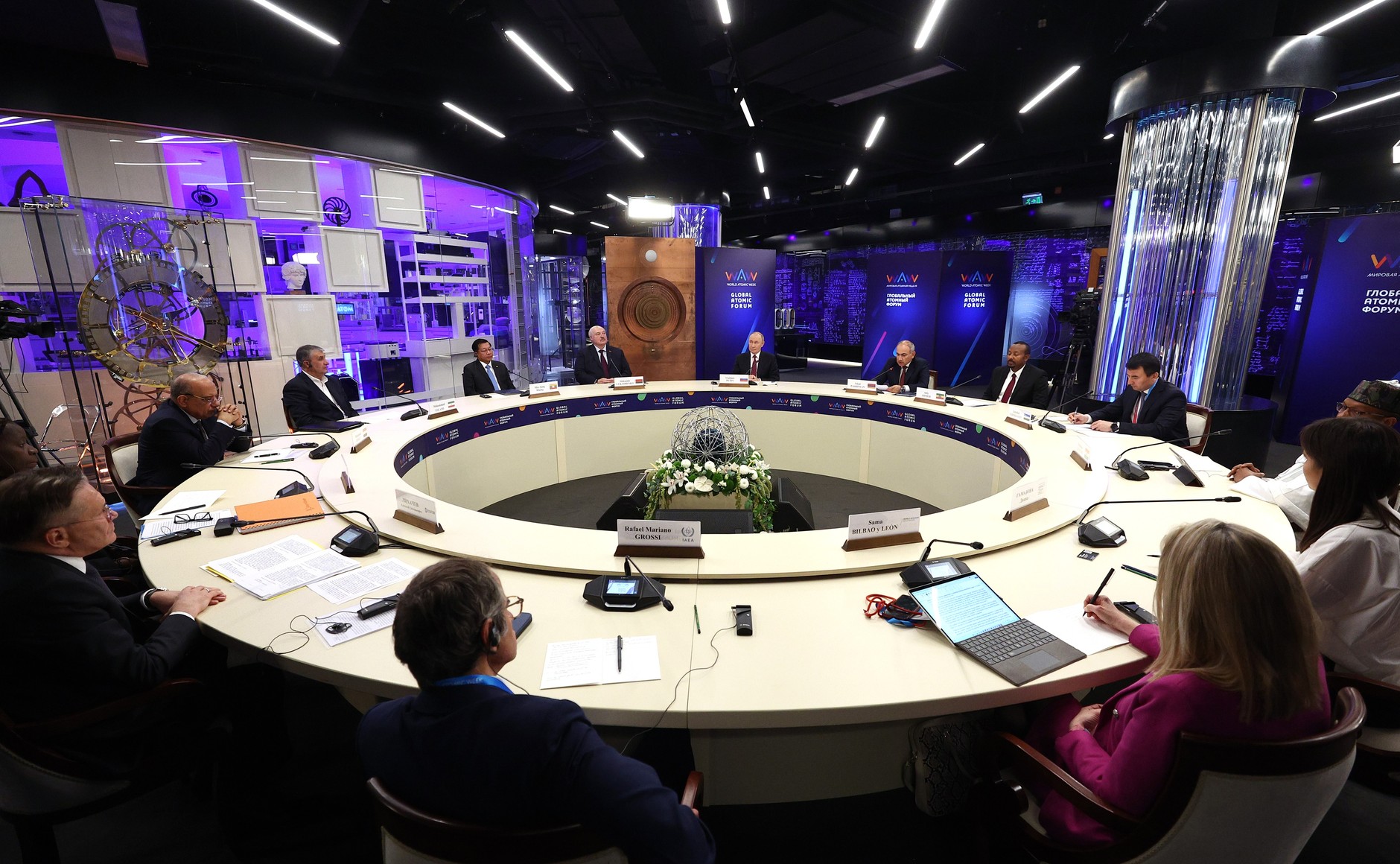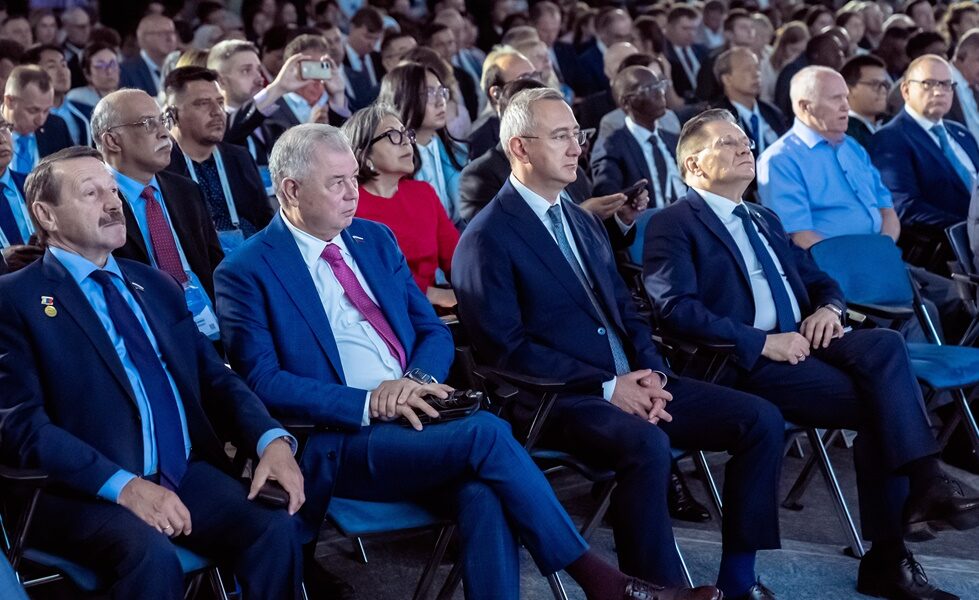Rosatom’s Fuel division has manufactured the cores for both nuclear
reactors installed on board the Chukotka icebreaker, a universal nuclear
icebreaker currently under construction. These cores consist of fuel
assemblies, control rod absorbers, emergency rods, and shells for control rods.
These components have the approvals from the Russian Maritime Register of
Shipping. They will be transported to the Baltic Shipyard in St. Petersburg and
installed in the starboard and port side reactors of the Chukotka icebreaker.
The Chukotka universal nuclear icebreaker is the fifth vessel of Project 22220,
which is being constructed based on the order from Rosatom. Project 22220
icebreakers are equipped with the fourth generation civilian propulsion reactor
units RITM-200. The RITM-222 unit consists of two reactors with a thermal
capacity of 175 megawatts each. The main advantage of the unit is its
compactness and efficiency, which enables the icebreakers to operate with dual
drafts and enhances their speed and icebreaking capabilities.
Background
Safe navigation along the NSR is ensured with icebreaking assistance.
Russia is the only country in the world that has a fleet of nuclear
icebreakers. Today, the fleet comprises eight nuclear icebreakers, including
the 50 Let Pobedy, Vaygach, Yamal, Taymyr, and the lead universal nuclear
icebreaker Arktika (Project 22220), the universal nuclear icebreakers Sibir
(Project 22220), Ural (Project 22220), Yakutia (Project 22220).
The icebreakers of Project 22220 are designed to ensure year-round navigation
in the western Arctic. The main characteristics of the universal nuclear
icebreaker Chukotka include a capacity of 60 MW and a speed of 22 knots in open
water. The icebreaker is 173.3 meters long, 34 meters wide, 52 meters high. It
has a draft of 10.5 meters / 9.03 meters. The vessel can break ice up to 3
meters thick and has a designated service life of 40 years. The crew size is 54
people.
The Northern Sea Route (NSR) is the shortest shipping route connecting
the western part of Eurasia with the Asia-Pacific region. Administratively, the
NSR begins at the border between the Barents and Kara Seas (Kara Gate Strait)
and ends at the Bering Strait (Cape Dezhnev). The length of the route, which
includes the seas of the Arctic Ocean (the Kara Sea, the Laptev Sea, the East
Siberian Sea, and the Chukchi Sea), is approximately 5,600 kilometers. The NSR
provides services to the ports in the Arctic and ports of the major rivers in
Siberia. There are currently six large seaports in the Russian Arctic waters of
the NSR including Sabetta, Dikson, Dudinka, Khatanga, Tiksi and Pevek.
The comprehensive development of the Russian Arctic is a national
strategic priority. To fulfil the outstanding tasks it is crucial to increase
the cargo traffic along the NSR. The development of this logistic corridor
involves organizing regular cargo shipping, building new nuclear icebreakers,
and modernizing relevant infrastructure. Rosatom companies are actively
involved in these efforts.
Rosatom’s Fuel division includes nuclear fuel fabrication, as well as uranium
conversion and enrichment companies, gas centrifuge manufacturers, and R&D
facilities. The division is the sole supplier of nuclear fuel for Russian NPPs.
It provides fuel for more than 70 power reactors in 15 countries and research
reactors in 9 countries. The division also supplies fuel for propulsion
reactors of the Russian nuclear fleet. Its fuel powers one in six reactors
worldwide. The division is also the largest producer of enriched uranium and
leader in the global market for stable isotopes. It is actively expanding its
business into new areas such as chemistry, metallurgy, energy storage
technologies, 3D printing, and digital products, as well as decommissioning of
nuclear facilities and has industry integrators for additive manufacturing and
energy storage systems.
MSZ Machinery Manufacturing Plant, Joint-Stock Company (MSZ JSC,
Elektrostal) is one of the largest manufacturers of nuclear fuel in the world.
The company manufactures fuel assemblies for a variety of reactor types,
including VVER-440, VVER-1000, RBMK-1000, BN-600, and BN-800, VK-50, EGP-6. It
also produces fuel powders and pellets for export to foreign customers, nuclear
fuel for research reactors. MSZ JSC is a part of Rosatom’s Fuel company.
Текст параграфа




